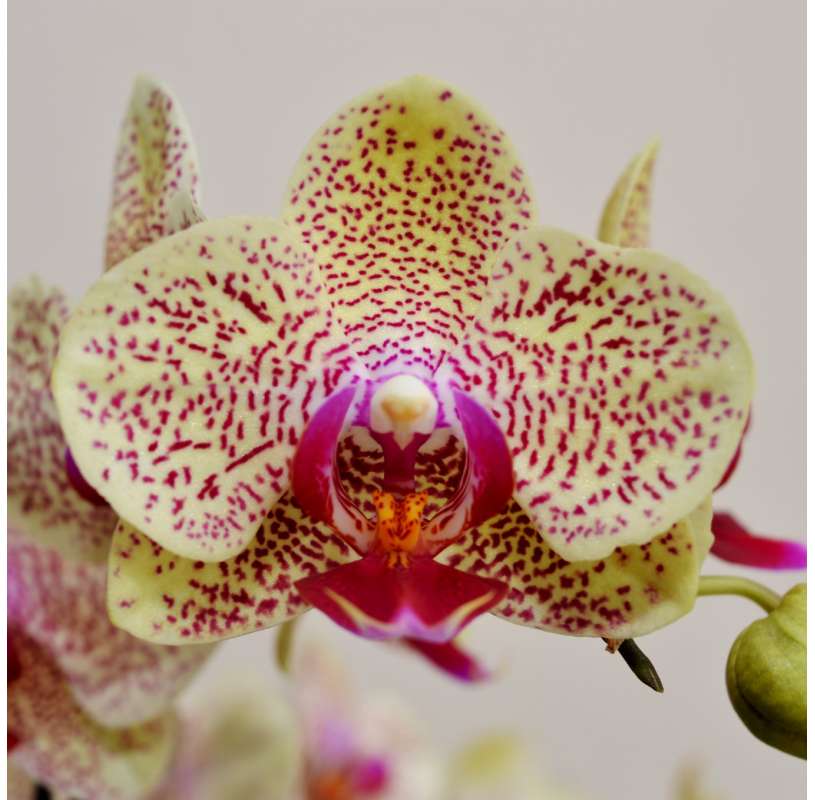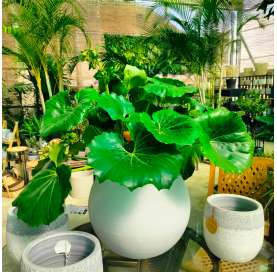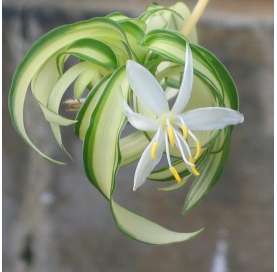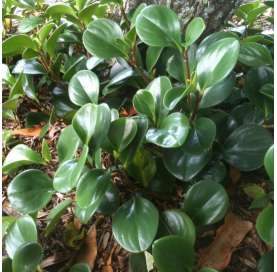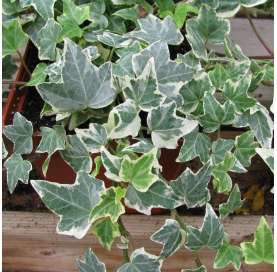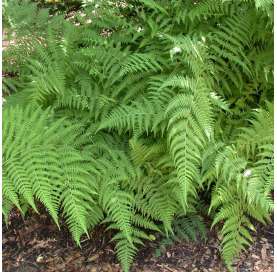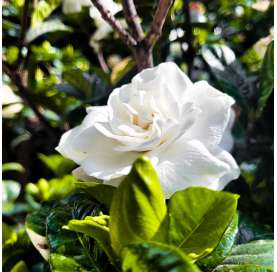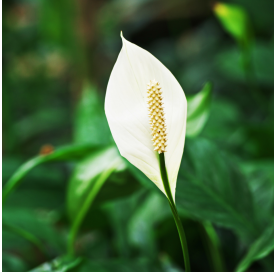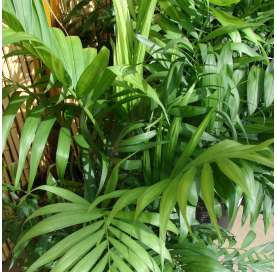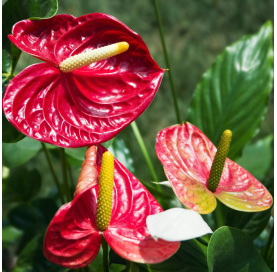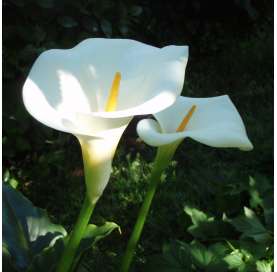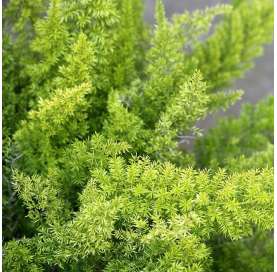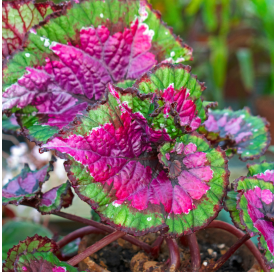Phalaenopsis - Orchid.
Phalaenopsis is the most popular of the cultivated orchids and very easy to care for.
SPECIFY COLOURS IN COMMENTS
 Encrypted payments for greater security
Encrypted payments for greater security
To reduce the plant's time in transit, shipments are made from Monday to Wednesday.


Shipping only to mainland Spain and mainland Portugal
Two-Spike Orchid (Phalaenopsis)
Description
The two-spike orchid, commonly of the Phalaenopsis species, is a perennial plant from the Orchidaceae family. It is known for its long and elegant flower spikes that produce large, vibrant, and velvety flowers. These blooms can last for weeks or even months under proper conditions, making it a favorite ornamental plant.
Origin and History
The Phalaenopsis originates from the tropical regions of Asia, particularly in countries like the Philippines, India, Indonesia, and Australia. Its name comes from the Greek words "phalaina" (moth) and "opsis" (appearance), as the flowers resemble flying moths or butterflies. Discovered in the 18th century, Phalaenopsis orchids have since been hybridized extensively, resulting in a wide variety of colors and patterns.
Fun Fact
- The Phalaenopsis is commonly referred to as the "Moth Orchid."
- It is an epiphyte, meaning it naturally grows attached to trees, drawing moisture and nutrients from the air.
- A two-spike orchid indicates a healthy, mature plant capable of producing an abundant bloom.
Care
- Light: Prefers bright, indirect light. Avoid direct sunlight as it can scorch the leaves.
- Temperature: Thrives in temperatures between 18-24°C (65-75°F) and cannot tolerate temperatures below 15°C (59°F).
- Humidity: Requires a humidity level between 50-70%. Place it near a humidifier or on a tray with water and pebbles for extra moisture.
- Substrate: Use a specialized orchid mix, usually composed of bark chips, to allow proper drainage and airflow.
Watering
- Water every 7-10 days, depending on humidity and temperature levels.
- Use distilled or rainwater, and let the medium dry slightly between waterings.
- Avoid letting water pool at the base of the leaves to prevent rot.
Pruning
- After the flowers fade, trim the flower spike above the third or fourth node from the base to encourage new blooms.
- If the spike turns completely brown, cut it off at the base.
- Remove damaged leaves or roots using sterilized tools to prevent infections.
These orchids are low-maintenance when given the right conditions, making them ideal for both beginners and experienced orchid enthusiasts.
https://www.viverosgonzalez.es/en/mini-guide-phalaenopsis/
Consulted sources in addition to our experience with this plant:
https://www.rhs.org.uk/advice/profilepid=388s
https://es.wikipedia.org/wiki/Phalaenopsis
Data sheet
- Name
- Phalaenopsis - Orchid
- Origen
- Southern Asia
- Height
- Up to 60 cm
- Colour
- White, red, pink and yellow flowers
- Flowering
- Winter-spring
- Location
- Half sun
- Irrigation
- Moderated
- Applications
- Pot of 12cms diameter
- Others
- Can't resist cold
- Note
- Al tratarse de planta viva y dependiendo de la temporada, la planta puede ser recibida, en algunos casos, no exactamente igual que en la fotografía, aunque sí lo más parecida posible. Sin que ello repercuta en la calidad de la misma.
12 other products in the same category:
-
Ligularias Tussilaginez.€30.00
-
Chlorophytum comosum....€2.20
-
Peperomia obtusifolia.€8.00
-
-
Pteris€3.50
-
-
Spathiphyllum€9.90
-
Chamaedorea elegans.€3.50
-
Anthurium andreanum. Red€23.90
-
Cala Zantedeschia€14.50
-
Foxtail fern - Asparagus...€15.90
-
Begonia rex€6.90

 English
English Spanish
Spanish